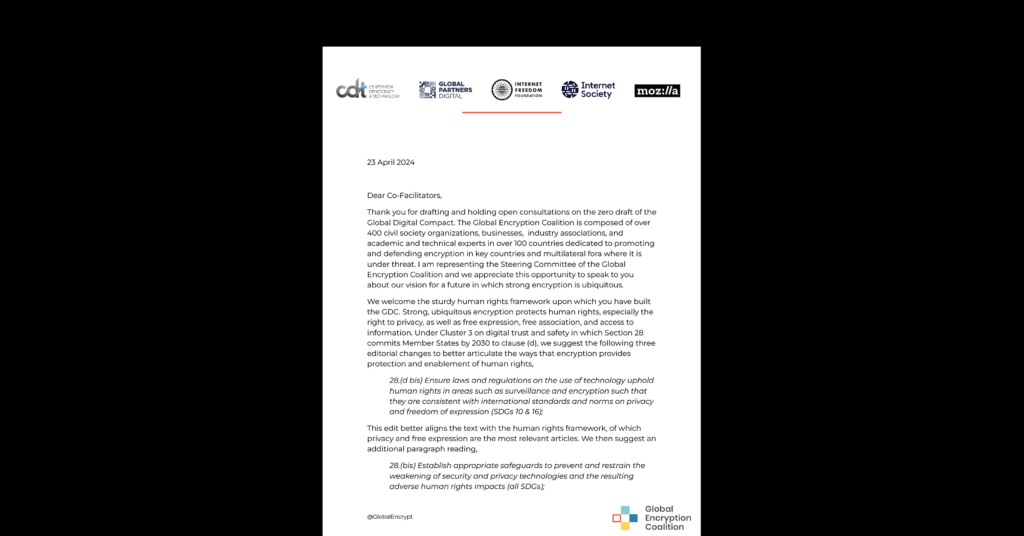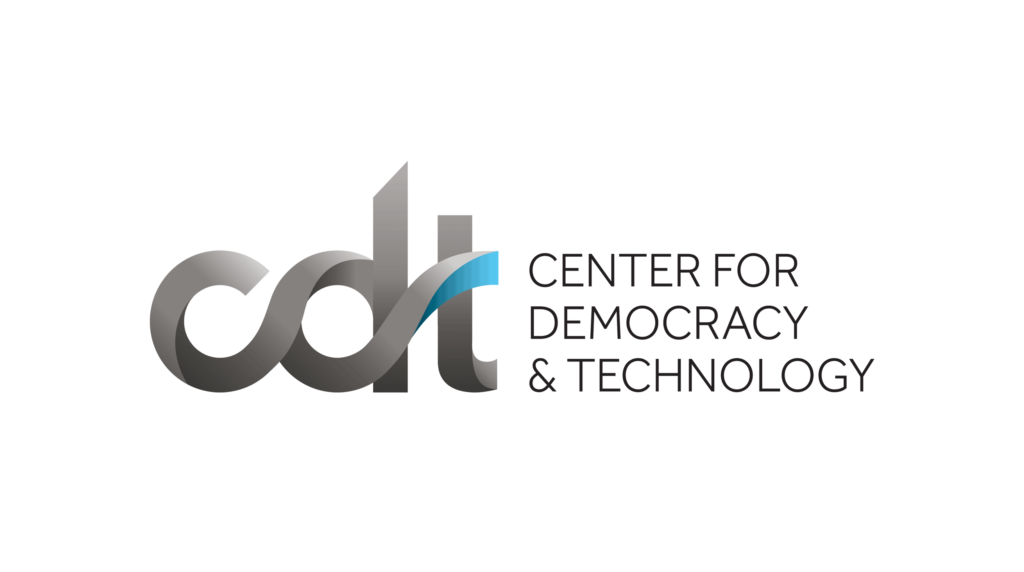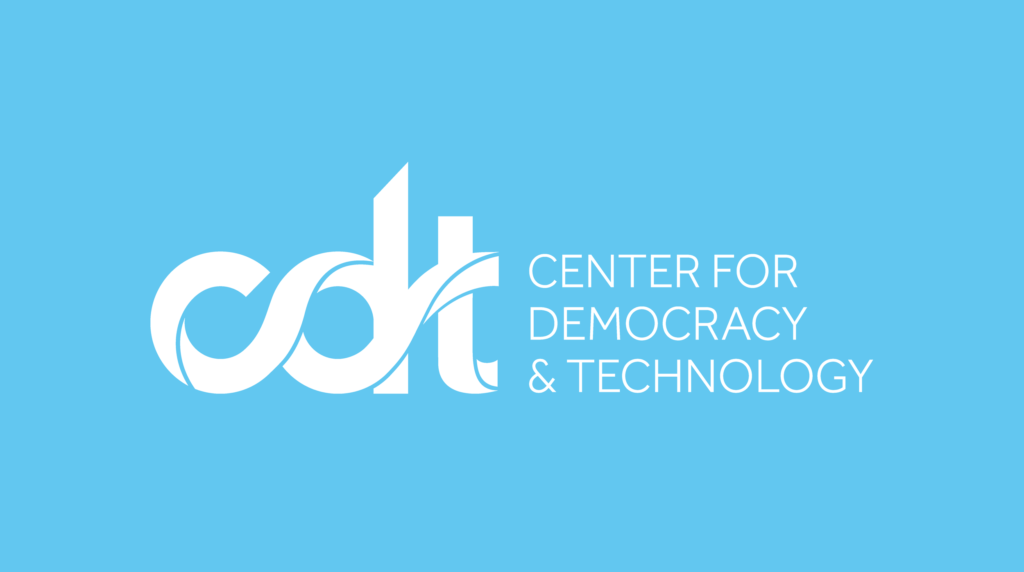Don’t Slam the Door on Usage-Sensitive Pricing
Americans are accustomed to flat-rate, all-you-can eat pricing plans for Internet service. The appeal is obvious; nobody wants to feel that the meter is running with each moment spent online, or that he or she has directly wasted money each time a Web site or YouTube video turns out to be sillier or more pointless than expected. Earlier this month, popular backlash forced Time Warner Cable to abandon its test of pricing plans that would have given customers monthly usage volume allotments and imposed surcharges for exceeding them. Opponents of the usage fees organized online, Congressman Eric Massa promised legislation to ban such usage fees, Senator Charles Schumer got involved, and this week Free Press wrote a letter to the House Commerce Committee urging congressional scrutiny.
Clearly, usage caps are controversial. But it would be a big mistake to jump to the conclusion that usage-based pricing for Internet service is automatically harmful and should not be allowed. It all depends on where the volume thresholds are set and what the price is.
Certainly usage caps that are set artificially low could be a tactic to protect a cable company’s core video offerings from competition from online video. And yes, surcharges could be designed to impose overall rate hikes; a New York Times article on the subject this week was headlined “As Costs Fall, Companies Push to Raise Internet Prices,” and arsTechnica noted that Time Warner Cable’s offering of 100 GB per month was a “textbook overreach” given that Comcast offers 250 GB per month for $42.95.
Still, the general idea of charging people based on their quantity of consumption is hardly radical (think grocery store, gas station, electricity bill, and many telephone plans). And as CDT has argued, flat-rate, all-you-can-eat pricing raises some problems of its own. The bandwidth usage of individual Internet subscribers users can vary by orders of magnitude. Gamers, early adopters of cutting edge applications, and heavy P2P file sharers send and receive far more traffic than ordinary Web surfers and occasional YouTube viewers. It might be in the interest of the heavy users to have everyone pay the same rate. But for lighter users — indeed, probably the majority of users — uniform pricing isn’t necessarily a good deal.
Moreover, from CDT’s perspective, all-you-can-eat pricing exacerbates the risk that network operators will feel the need to turn to discriminatory tactics such as throttling specific applications. When pricing is completely divorced from usage, customers have little reason to demand bandwidth efficiency from applications. If a particular P2P program uses tons of bandwidth . . . well, why should the users care? Where networks suffer from congestion, ISPs perceive that particular applications are “causing” the problem and are tempted to target network management at those applications. End result: ISPs singling out specific applications and playing favorites.
Wouldn’t it be better if ISPs could address congestion by focusing on the handful of high volume users who are placing a heavy load on the network, without asking any questions about what they are using it for? And if congestion management is best targeted at high usage subscribers, I would prefer that ISPs first try to address the issue by charging some overage fees, rather than going straight to blocking or throttling traffic. (To be clear: I’m not saying that high-volume users are doing anything wrong or inappropriate — just that it seems fair to make them pay a little more and to ask them to slow down a bit when the network is congested.)
There are some counterarguments, of course. It is true that the best approach to congestion issues is building more capacity. But I don’t think it is realistic to expect that networks will never have congestion or that capacity can be always be added quickly enough to nip all problems in the bud.
It also is true that most of the costs of deploying a network are fixed. The variable costs associated with each extra increment of traffic are likely to be relatively low, so a high-volume user may not really “cost” the network provider much more than a low-volume one. Still, network operators need to recover their costs, including fixed costs, from someone. There is no perfect way to allocate those costs on a per-user or per-unit-of-bandwidth basis; any approach chosen is basically just an accounting fiction. What is clear is that high-volume users play a greater role in pushing up network utilization towards levels that will require further capacity upgrades by the ISP. Asking them to contribute a larger share toward the network’s maintenance and upgrades does not seem unreasonable.
Finally, it is true that total monthly bandwidth usage is only a very rough measure of the burden a subscriber places on the network. What really matters is how much volume the subscriber uses during periods of maximum bandwidth demand. After all, high-volume usage during periods when the network has plenty of unused capacity (say, 3 a.m.) does not drive up the ISP’s costs or hasten the day when capacity will need to be upgraded. Ideally, a sophisticated usage-based pricing scheme would focus not on raw monthly usage, but rather usage during peak periods.
That brings me back to where I started — the idea that a lot depends on how usage-based pricing is implemented. It should be possible to design a scheme that is simple for consumers and yet relatively sophisticated. For example, users could get a usage allotment that is high enough that very few people have to worry about overage charges at all. Traffic during non-peak periods could be treated as a “freebie” and not count towards the usage cap. Subscribers could be amply warned if their usage patterns suggest that the caps may come into play.
Of course, given the limited state of competition in the broadband market, it is important to be vigilant about the risk that usage charges could be used to disguise overall price hikes or protect legacy services. The concept of usage-based pricing, however, is perfectly sound. As a tactic for helping reduce congestion problems, it is far better than having ISPs take aim at specific applications.


